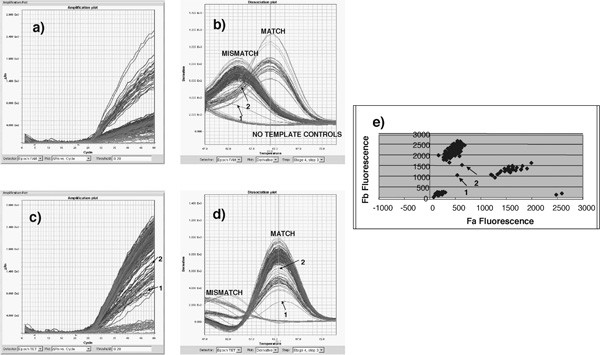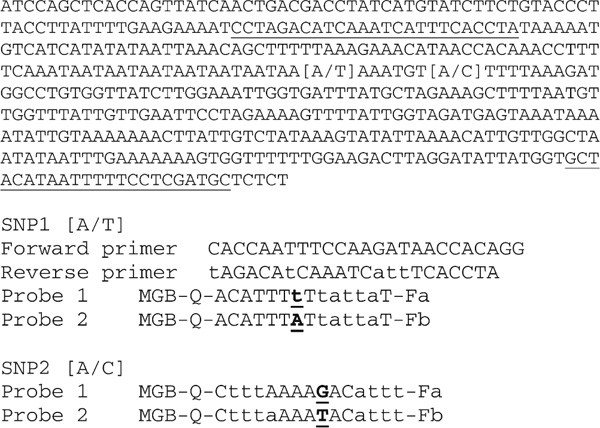

Zygosity Zygosityĭescribes the similarity or differences between an individual's alleles. Therefore, an individual can inherit one of three distinct haplotypes (AGT, GTA, AGA) depending on the SNP profile of their parents.

During reproduction, these three SNPs are inherited as a group. Haplotypes are groups of SNPs that are inherited as a single block. An example of SNPs (A or G, G or T, and A or T) found in close proximity in the genome. This set of alleles is often referred to as linked polymorphisms.įigure 1. Can refer to a gene location on a chromosome or to a specific sequence element.Ī haplotype is a set of DNA variations ( polymorphisms such as SNPs and indels) adjacent to one another at the same locus that tend to be inherited together (Figure 1). For example, the occurrence of only A or G is a biallelic position, A or C or T is a triallelic position, and A or C or G or T is a quatra-allelic position (Figure 1).Ī specific chromosomal location. The number of distinct nucleotides (2/3/4) known to exist at a particular base position of an allele in a population of that species. The existence of multiple alleles at a specific genetic locus. Some genes have only one allele, such as those on the human male's Y chromosome, and any deviation from that allele can be harmful, or even fatal, to the organism. Humans have 2 sets of each chromosome so they possess the potential for only 2 alleles at any given locus, one inherited from each parent. Any given gene can have multiple different alleles. The DNA sequence at a specific chromosomal location, which presents as a variant, or alternative form, of a gene. Here we provide an introduction to some of the most commonly used terms, and use them in context to draw distinctions when encountered in genotyping experiments. Genotyping can be performed by end-point or real-time PCR, sequencing, bead based hybridization detection or microarray analysis, or even mass spectrometry.Īnd like many technical processes, this application includes its own vocabulary. Genotyping is the process of determining the DNA sequence-the genotype-at specific positions within a gene of an individual. These unique differences can be used as markers in linkage and association studies that attempt to determine genes responsible for disease, plant drought tolerance, etc.
One individual's genome can differ from that of the general population in numerous ways, including single base changes ( single nucleotide polymorphisms, or SNPs), insertions, deletions, or even the number of gene copies. Researchers often look at genetic variations between individuals in a population to better understand phenotypic traits, such as fruit production, or human disease origin and incidence rate. Target Capture Probe Design & Ordering Tool.Library Concentration Conversion Calculator.Alt-R Predesigned Cas9 crRNA Selection Tool.

SYBR Green dye assay and PrimeTime probe assays.PCR Allele Competitive Extension (PACE) genotyping.Drug target identification via CRISPR screening.


 0 kommentar(er)
0 kommentar(er)
